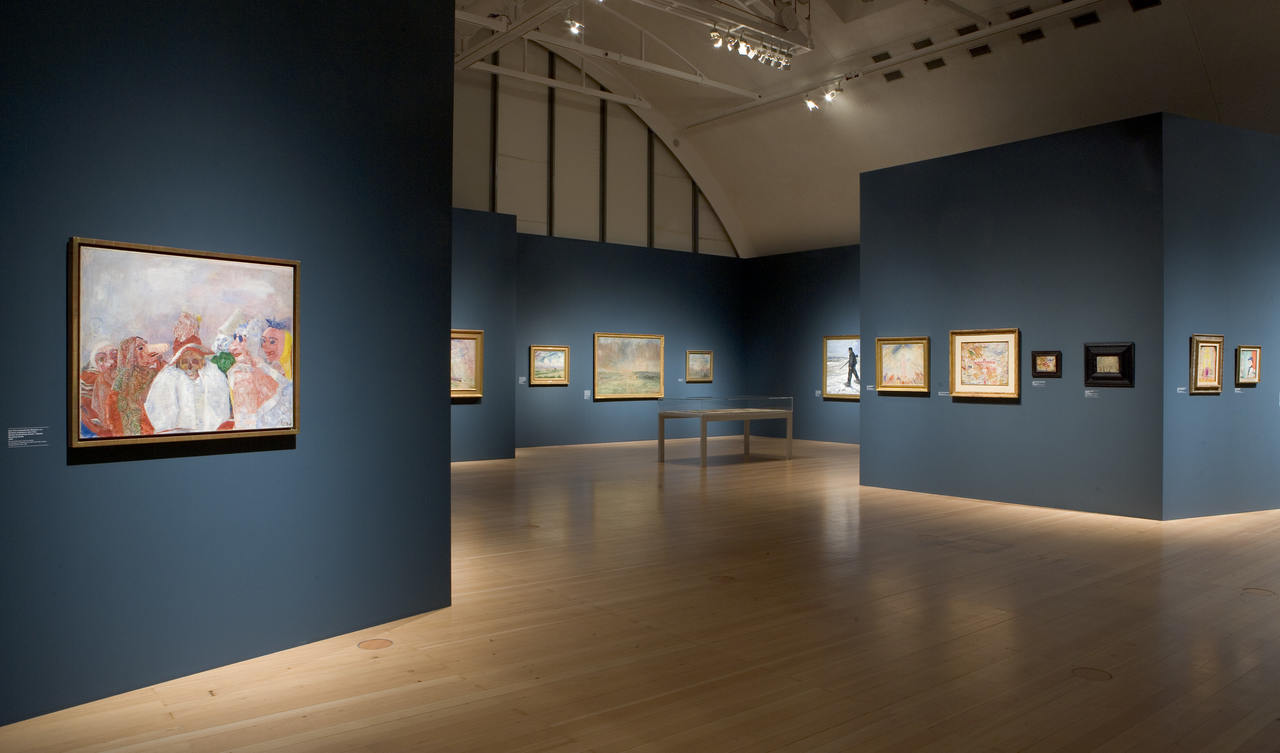
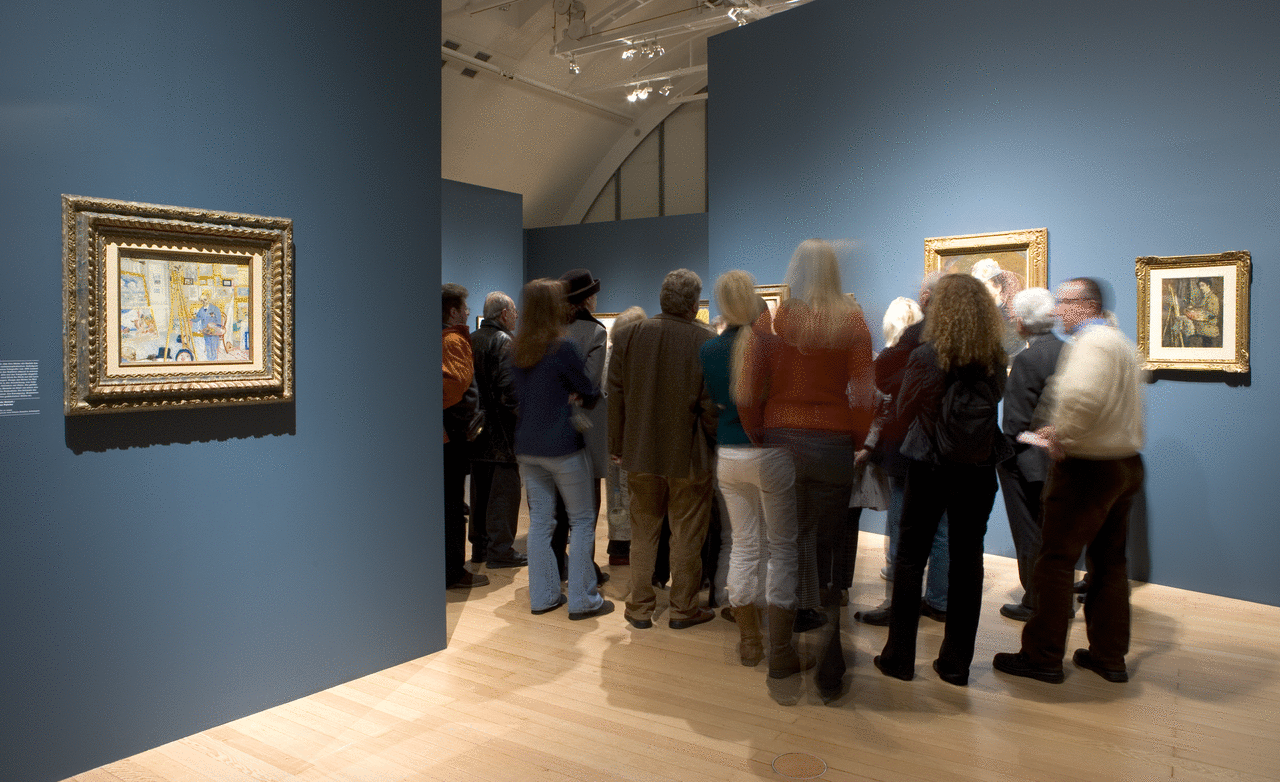
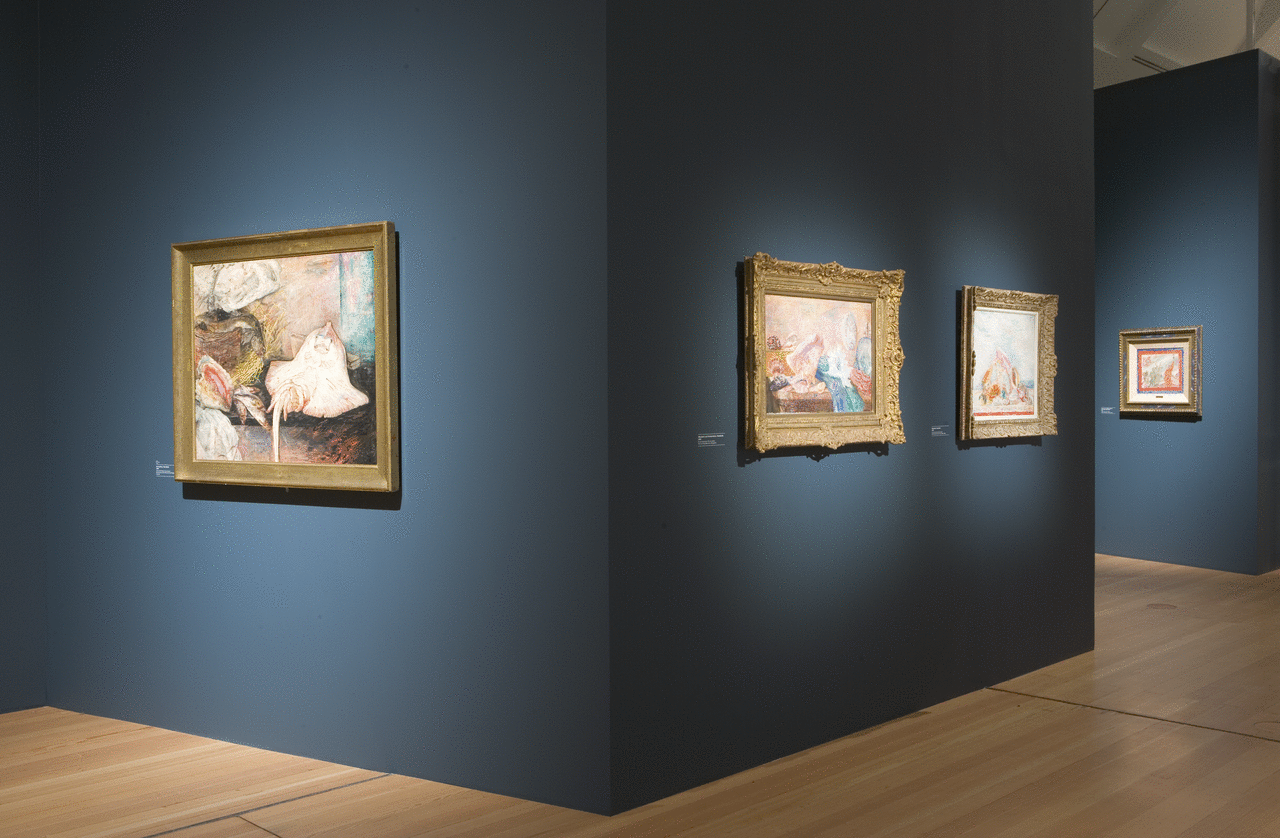
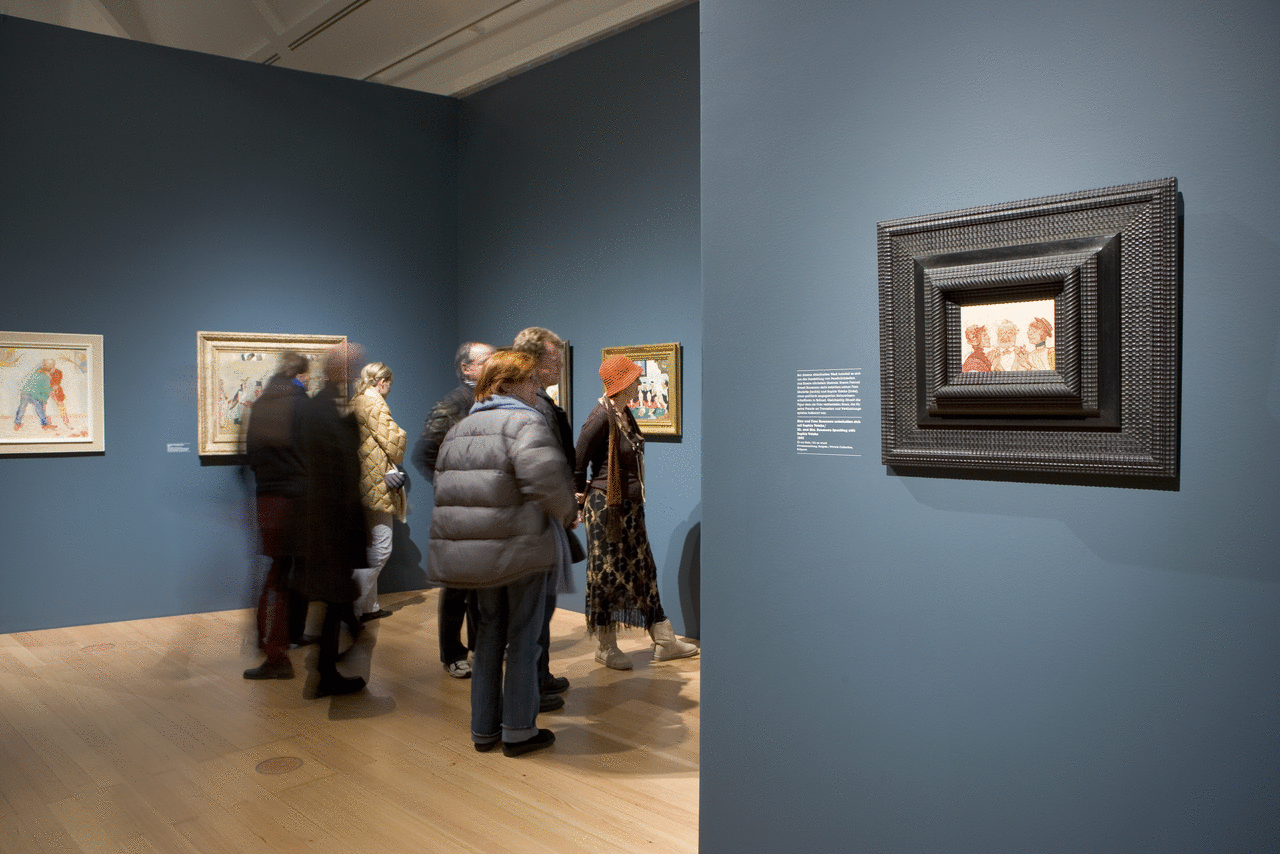
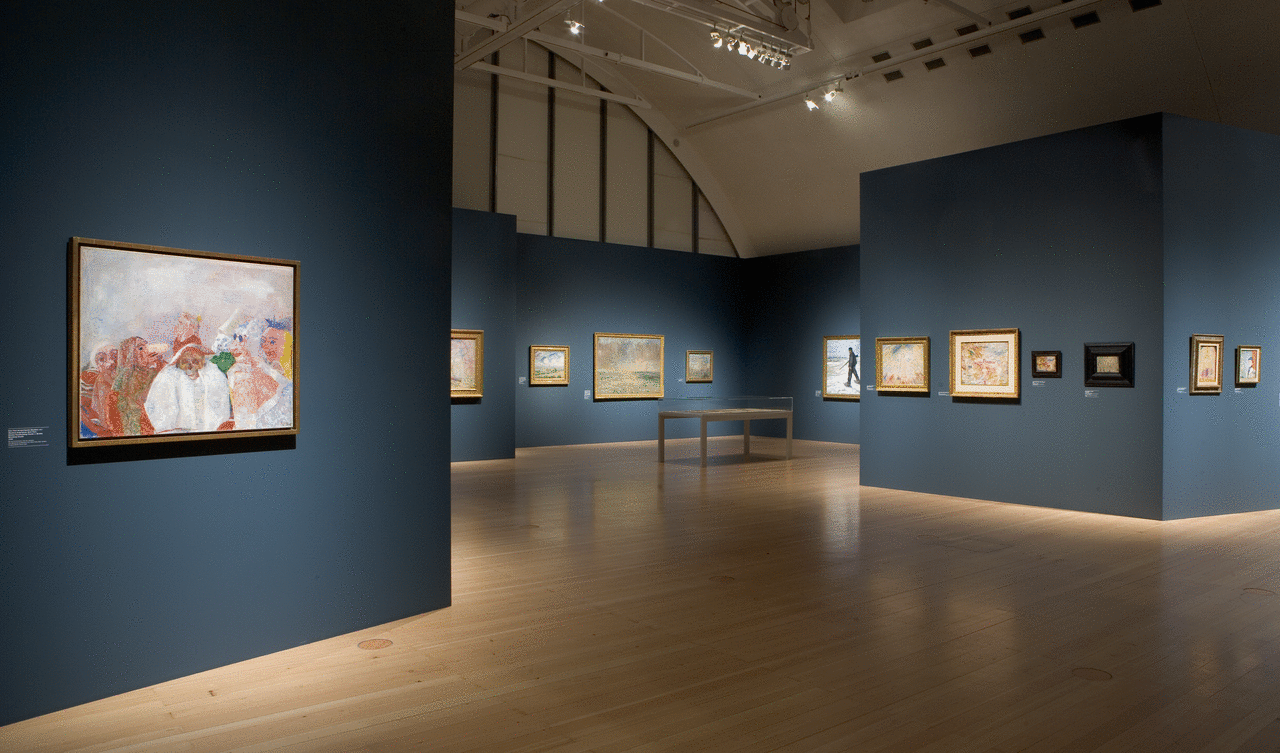
JAMES ENSOR
There is surely no artist of the late nineteenth and early twentieth century whose oeuvre is as bizarre, ironic, profound, and as open to as many interpretations as that of the Belgian painter James Ensor. His paintings populated with masks, skeletons, and imaginary figures and his theatrically staged still lifes have become an unmistakable symbol for the absurdity of existence, influencing the German Expressionists just as much as the French Surrealists.
Particularly when seen in terms of new trends in painting like the return to the figurative and narrative or manifestations of the grotesque and comic, Ensor’s creative work seems current once again. Approximately eighty thematically arranged masterpieces on canvas and an equal number of works on paper from various countries’ museums and private collections represent key works from all phases of his production. The exhibition is the first comprehensive retrospective of Ensor’s work to be shown in Germany since 1972.
CATALOG
Edited by Ingrid Pfeiffer and Max Hollein, Schirn Kunsthalle Frankfurt. With a preface by Max Hollein and essays by Joachim Heusinger von Waldegg, Ingrid Pfeiffer, Rudolf Schmitz, and Xavier Tricot, as well as texts by Susan M. Canning, Katharina Dohm, Patrick Florizoone, Sabine Bown-Taevernier, and Xavier Tricot. English and German editions, 332 pages, 240 color illustrations, Hatje Cantz Verlag, Ostfildern 2005, ISBN 3-7757-1703-X (English), ISBN 3-7757-1702-1 (German).
SOLD OUT